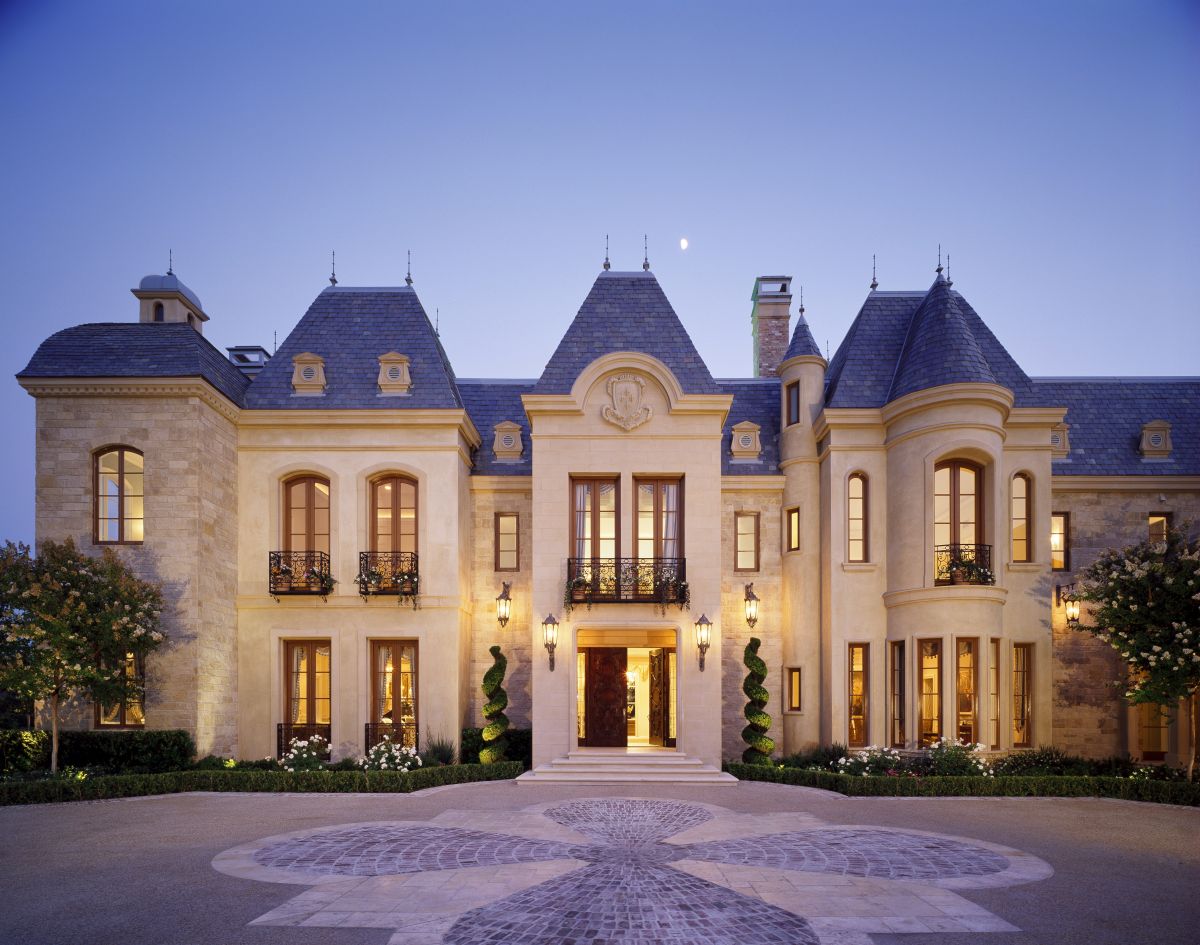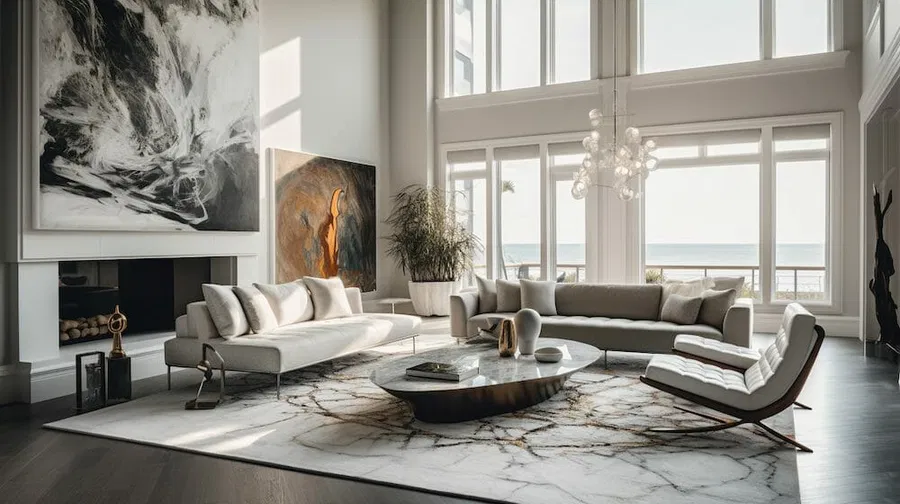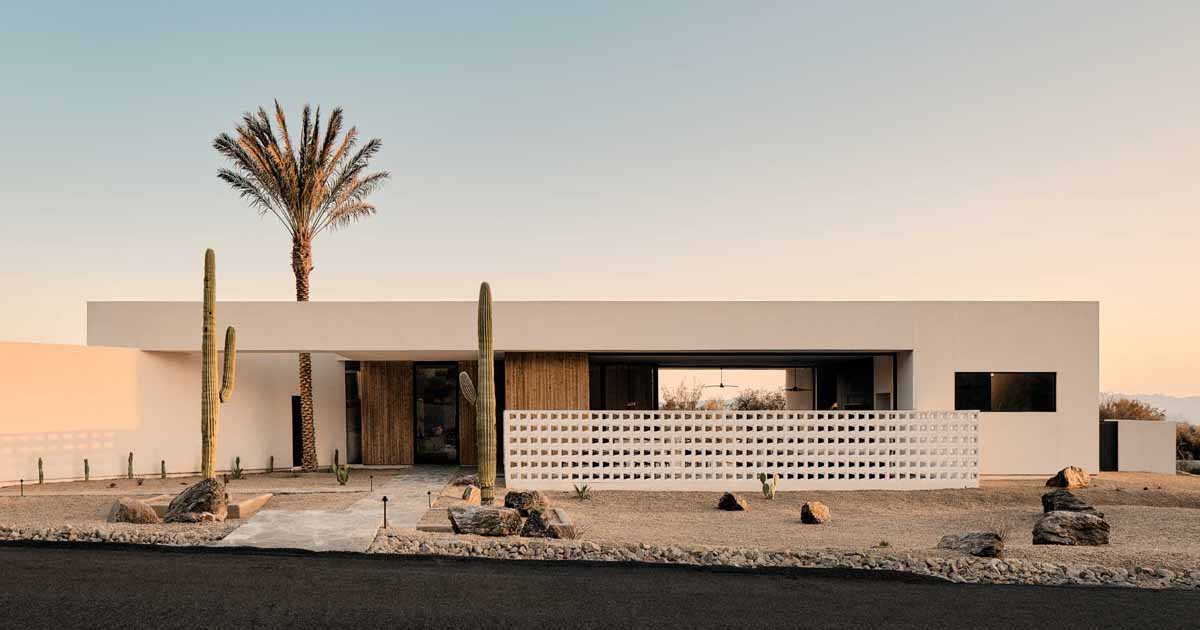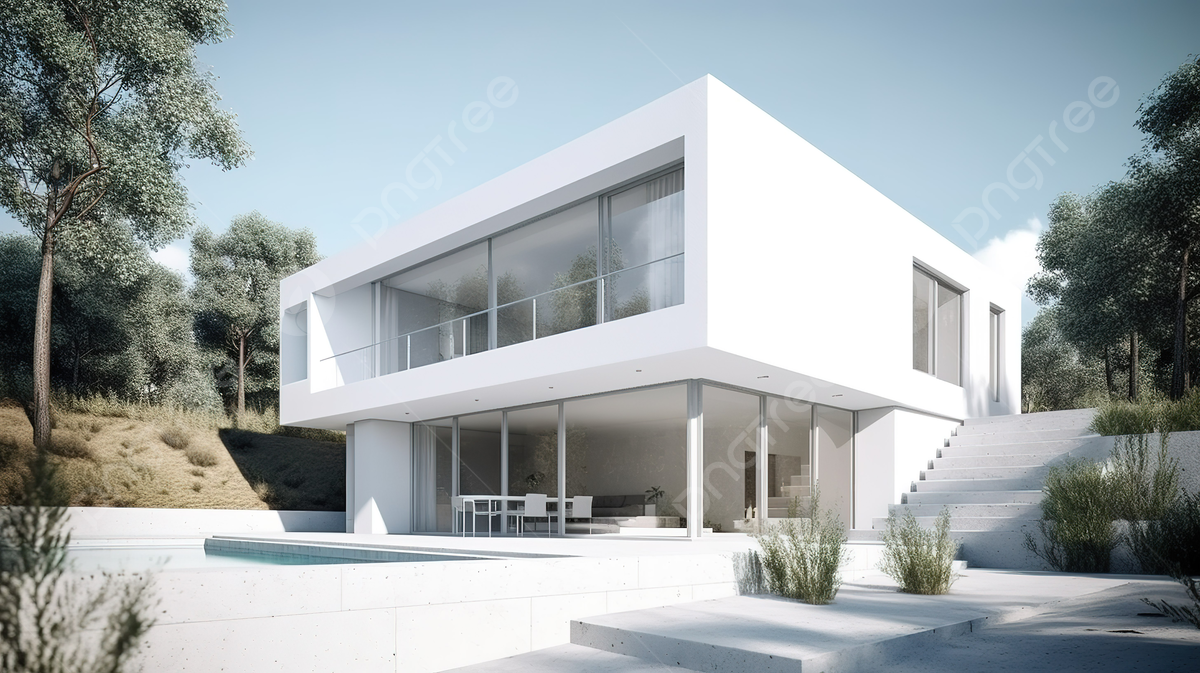Contents
Introduction
Luxury architecture transcends the conventional boundaries of design and functionality, creating spaces that are not only visually stunning but also highly personalized and technologically advanced. From sprawling beachfront villas to high-rise penthouses in bustling urban centers, luxury architecture redefines living spaces with an emphasis on exclusivity, craftsmanship, and innovation.
In this article, we will explore the essence of luxury architecture, its defining characteristics, and its influence on modern living. We will also delve into the latest trends shaping this niche industry and answer some frequently asked questions to give you a comprehensive understanding of this fascinating subject.
Defining Luxury Architecture
Luxury architecture isn’t just about opulence; it’s about thoughtful design that seamlessly blends aesthetics with functionality. The hallmark of luxury architecture lies in its attention to detail, choice of premium materials, and the integration of state-of-the-art technology.
Key Elements of Luxury Architecture
- Customization and Personalization: Each luxury property is a unique reflection of its owner’s tastes and lifestyle. Architects work closely with clients to design bespoke spaces that cater to their specific needs, from custom wine cellars to private home theaters.
- Innovative Use of Materials: Luxury architecture often features rare and high-quality materials such as Italian marble, exotic woods, and custom glasswork. These materials are not just for show; they are chosen for their durability and unique aesthetic appeal.
- Sustainability: Modern luxury architecture increasingly incorporates sustainable practices, including energy-efficient systems, green roofs, and the use of recycled materials. This not only reduces the environmental impact but also enhances the property’s value.
- Technological Integration: Smart home technology is a staple in luxury architecture. Automated lighting, climate control, and security systems provide convenience and enhance the living experience.
- Architectural Innovation: Luxury architecture often pushes the boundaries of traditional design. This includes bold structural elements, open floor plans, and seamless indoor-outdoor living spaces.
The Global Influence of Luxury Architecture
Luxury architecture has a significant influence worldwide, with iconic structures setting new standards in design and living. Cities like Dubai, New York, and Tokyo are renowned for their groundbreaking architectural feats, while serene locations like the Maldives showcase how luxury architecture can harmonize with natural surroundings.
Iconic Examples of Luxury Architecture
- Burj Khalifa, Dubai: The tallest building in the world, the Burj Khalifa, is a prime example of luxury architecture, combining cutting-edge engineering with breathtaking aesthetics.
- One57, New York: This skyscraper epitomizes luxury living in Manhattan, featuring opulent residences with panoramic views of Central Park.
- Amangiri Resort, Utah: Nestled in the desert landscape, this luxury resort blends seamlessly with its environment, offering minimalist yet sophisticated design.
Trends Shaping Luxury Architecture
As with any industry, luxury architecture evolves with changing tastes and technological advancements. Here are some of the latest trends making waves in this sector:
1. Biophilic Design
Biophilic design focuses on incorporating natural elements into architectural spaces. This trend is prominent in luxury architecture, with features like living walls, indoor gardens, and expansive windows that offer uninterrupted views of nature.
2. Sustainable Luxury
Eco-friendly design is becoming increasingly important. Luxury homes now feature solar panels, geothermal heating, and sustainable building materials, reflecting a growing awareness of environmental responsibility.
3. Minimalist Aesthetics
Less is more in modern luxury architecture. Clean lines, open spaces, and understated elegance are favored over excessive ornamentation. This minimalist approach creates serene and clutter-free living environments.
4. Smart Homes
The integration of advanced technology is a defining feature of luxury homes. From voice-activated controls to AI-powered security systems, smart technology enhances comfort, convenience, and security.
5. Wellness Spaces
Luxury architecture now often includes dedicated wellness areas such as spa rooms, meditation spaces, and home gyms. These features cater to the growing demand for health and wellness amenities within the home.
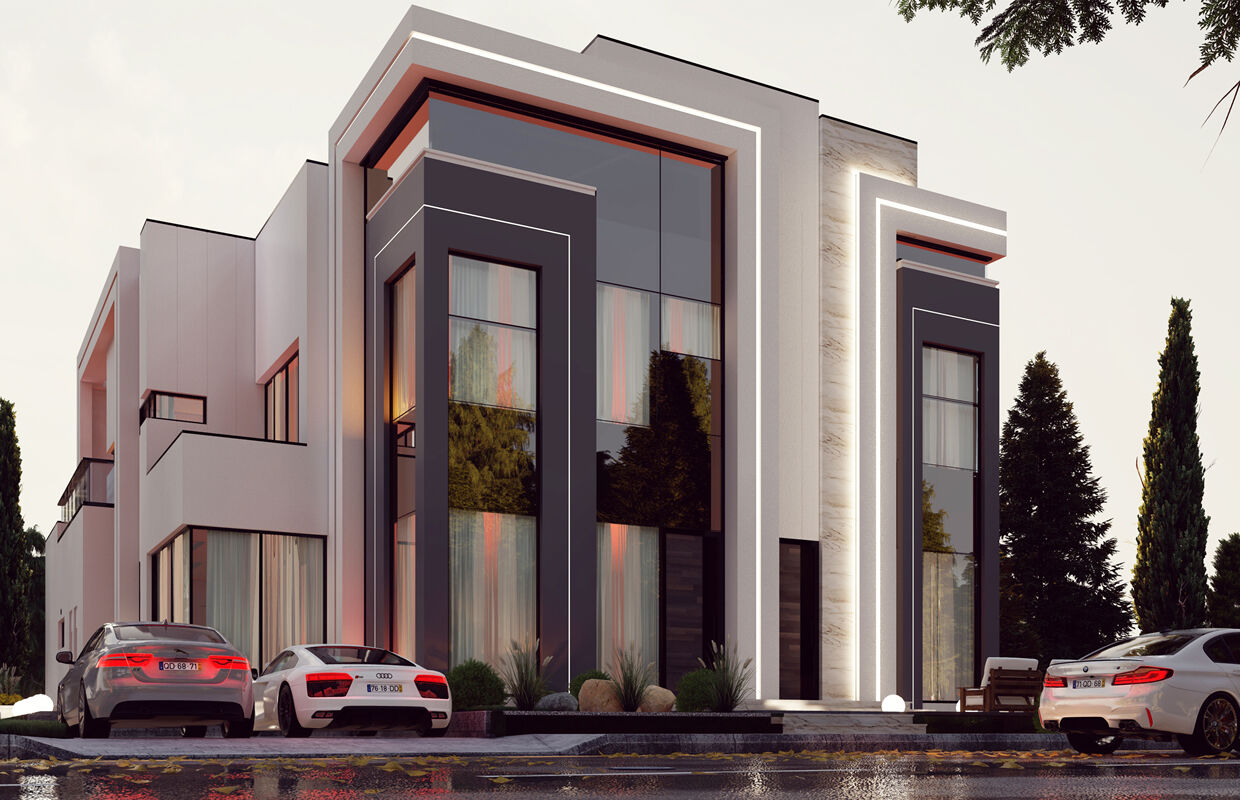
Frequently Asked Questions (FAQs)
What defines luxury architecture?
Luxury architecture is characterized by bespoke design, high-quality materials, innovative technology, and attention to detail. It focuses on creating unique, personalized spaces that offer comfort, functionality, and aesthetic appeal.
How does sustainability factor into luxury architecture?
Sustainability is increasingly important in luxury architecture. Many luxury homes now incorporate eco-friendly materials, energy-efficient systems, and sustainable design practices to reduce environmental impact and promote healthier living.
What are some popular trends in luxury architecture?
Current trends include biophilic design, sustainable building practices, minimalist aesthetics, smart home technology, and the inclusion of wellness spaces like spas and gyms.
How much does luxury architecture cost?
The cost of luxury architecture varies widely depending on location, design complexity, materials used, and technological integrations. Projects can range from several million dollars to hundreds of millions for highly bespoke designs.
Can luxury architecture be both modern and traditional?
Yes, luxury architecture can blend modern innovations with traditional design elements. This fusion creates timeless spaces that honor classic aesthetics while incorporating contemporary conveniences.
Conclusion
Luxury architecture is more than just an expression of wealth; it is an art form that combines innovation, sustainability, and personalized design to create extraordinary living spaces. Whether it’s a minimalist urban penthouse or a sprawling countryside estate, luxury architecture continues to inspire and set new benchmarks in the world of design.
As the industry evolves, the focus on sustainable practices, technological integration, and wellness-centric designs will continue to shape the future of luxury living. For those who appreciate the finer things in life, luxury architecture offers an unparalleled blend of beauty, comfort, and functionality.

